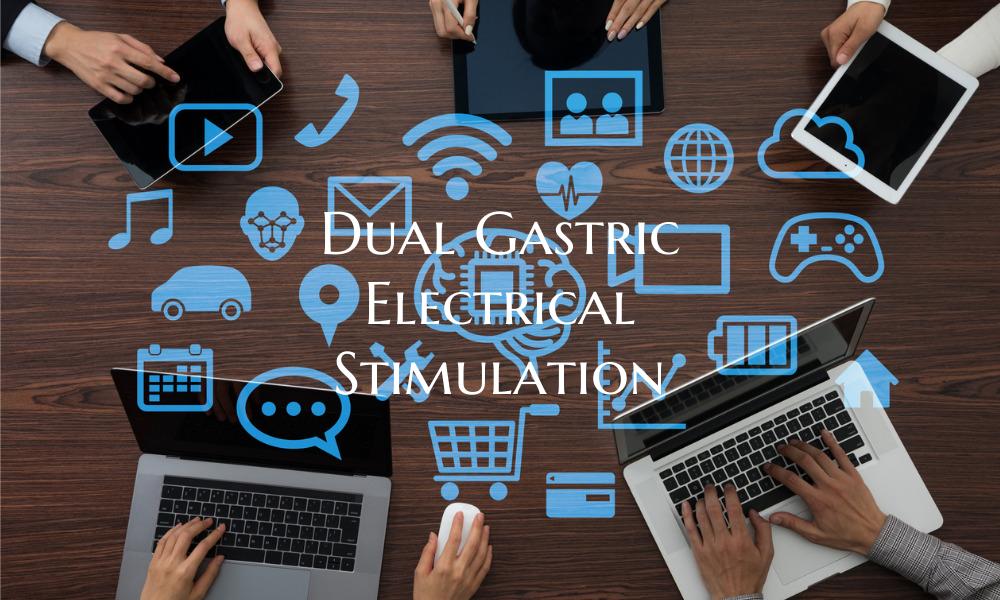Dual Gastric Electrical Stimulation
Introduction Dual gastric electrical stimulation is a promising treatment approach for individuals suffering from gastroparesis, a condition characterized by delayed emptying of the stomach. This innovative technology involves the delivery of electrical impulses to the stomach in order to regulate motility and improve symptoms. In this article, we will delve into the potential benefits of dual gastric electrical stimulation in managing gastroparesis and enhancing the quality of life for patients.
Understanding Gastroparesis Gastroparesis is a gastrointestinal disorder that affects the normal movement of food from the stomach into the small intestine. Common symptoms include nausea, vomiting, bloating, early satiety, and abdominal pain. This condition can significantly impact a person's ability to digest food properly, leading to malnutrition, weight loss, and impaired quality of life.
How Dual Gastric Electrical Stimulation Works Dual gastric electrical stimulation involves the placement of two electrodes in the stomach, which deliver controlled electrical impulses to modulate the activity of the stomach muscles. By stimulating the gastric nerves, this therapy aims to enhance gastric motility, facilitate food emptying, and alleviate symptoms associated with gastroparesis.
Benefits of Dual Gastric Electrical Stimulation 1. Improved Gastric Emptying: By regulating stomach motility, dual gastric electrical stimulation can help accelerate the emptying of food from the stomach into the small intestine, reducing symptoms such as bloating and early satiety.
2. Symptom Relief: Patients undergoing dual gastric electrical stimulation may experience a reduction in nausea, vomiting, and abdominal pain, improving their overall well-being and quality of life.
3. Enhanced Nutritional Status: By promoting better digestion and absorption of nutrients, this treatment approach can help prevent malnutrition and weight loss in individuals with gastroparesis.
4. Adjustable Settings: Dual gastric electrical stimulation devices offer customizable settings that can be tailored to the individual needs of patients, allowing for personalized treatment and optimal symptom management.
5. Minimally Invasive Procedure: The placement of gastric electrodes for dual stimulation is minimally invasive and is often performed on an outpatient basis, leading to faster recovery times and fewer complications.
Conclusion Dual gastric electrical stimulation holds great promise as an effective therapeutic option for patients suffering from gastroparesis. By modulating gastric motility and improving symptoms, this innovative approach can significantly enhance the quality of life for individuals living with this challenging condition. Further research and clinical studies are warranted to explore the long-term efficacy and safety of dual gastric electrical stimulation in treating gastroparesis and improving patient outcomes.

